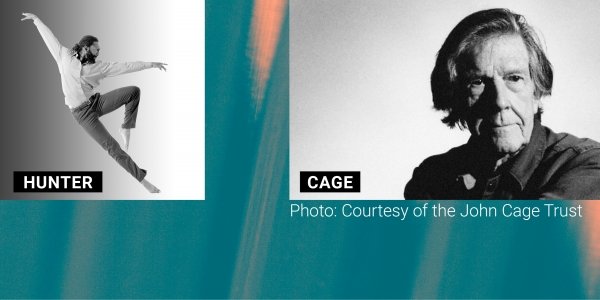
Taking Chances on the Unpredictable Stage
A lively reprise of chance music that was in vogue six decades ago proved a surprisingly effective diversion in the Contemporary Music Players concert Jan. 17.
In (aleatoric) chance music, players can make many musical decisions normally mandated by composers. This can mean selecting, on the spot, the sequence of spelled-out segments and movements, as in the score of Henry Cowell’s “Mosaic Quartet.” Or the players can gain wider latitude, getting graphs and sketches to interpret instead of musical scores, as in John Cage’s “Concert for Piano and Orchestra.” In the process, they become clandestine co-composers.
The trick in chance is to maintain some control and order over the stage scene and avoid sonic overload and chaos. Merely playing a human sweep-second hand while giving finger cues, conductor Eric Dudley had enough control to avoid total chaos in the Cage, featuring an instrumental ensemble of more than a dozen. But, by Dudley’s admission, he never knew from one play-through or rehearsal to the next what exactly would emerge.
The effect was like floating care-free down an unfamiliar river propelled merely by the waters and taking in the changing scene. As contrasted to customary performances, where players are rowing in close coordination.
So we get isolated notes from a trumpet or a mouthpiece of a clarinet, maybe a sudden tremolo on a growling string bass, or the pianist suddenly running wild all over the keyboard before reverting to silence. And out front, the sinewy modern dancer Antoine Hunter doing his own silent solo improvs, much of it in slow motion. Running more than 20 minutes, the Cage opus is too long, but still a stimulating experience to assimilate.
Perhaps a more germane observation is why hire the professionals of the CMP, when such improvisations could readily be taken over entirely by students at the Conservatory of Music except perhaps for the central piano role, executed with vigor and fire by Kate Campbell.
The more controlled Cowell “Mosaic Quartet” spells out all the music, but lets musicians (in this case cellist Stephen Harrison) select the order in which to plays any four of the five segments. The foursome interpreted the otherwise traditional, tonal score, but they were careful to finish with a movement that does not leave the listener hanging and awaiting a proper cadence.
When it came to marimba, professionals were decidedly needed in both David Coll’s “Caldera” and Anna Clyne clangorous “Steelworks.” These featured the star of the night, the nimble percussionist Haruka Fujii, playing something close to a duet all by herself. She needed a boarding-house reach, close to six feet end to end; while a couple of soft mallets played a dulcet tattoo on the lowest bar, the right-hand mallets had to whip through dazzling virtuosic runs at the high end, or even tap separate woodblock-like instruments.
Also featured was the smart solo cello of Hannah Addario-Berry in a short curtain-raiser by Gloria Justen.
San Francisco Contemporary Music Players, performing Jan. 17 at S.F. Conservatory of Music. For SFCMP info: (415) 633-8802, or go online: www.sfcmp.org.